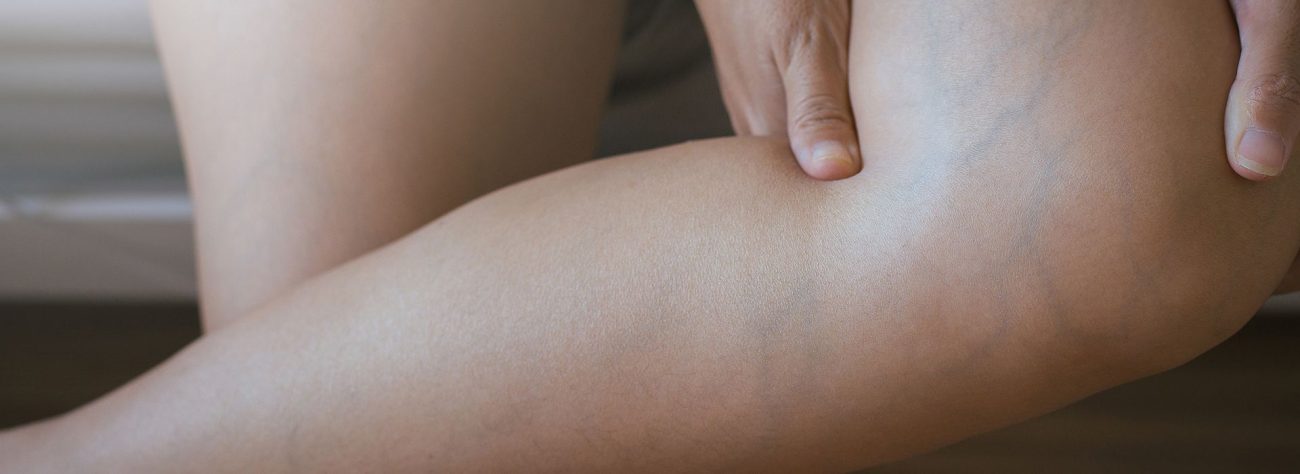What Are the Most Effective Treatments for Varicose Veins?

Varicose veins are a common vascular condition that affects many individuals, causing discomfort and aesthetic concerns. If left untreated, they can lead to more serious health issues. Fortunately, there are several effective treatment options available to manage varicose veins and alleviate their symptoms. In this article, we will explore these treatments in detail, focusing on the expertise of medical professionals who specialize in addressing varicose veins. If you’re wondering, “What doctor treats varicose veins?” you’ve come to the right place to find the answers.
What Doctor Treats Varicose Veins?
The medical professionals who specialize in the treatment of varicose veins are known as phlebologists or vascular surgeons. These doctors have expertise in diagnosing and treating various venous disorders, including varicose veins. Phlebologists are highly trained in understanding the complexities of the circulatory system and the underlying causes of vein-related issues. When seeking treatment for varicose veins, it’s essential to consult a qualified phlebologist to receive expert care tailored to your specific needs.
Treatment Options For Varicose Veins
Compression Therapy:
Compression therapy is often one of the initial steps in managing varicose veins. This non-invasive approach involves wearing specially designed stockings that apply pressure to the legs, aiding in improving blood circulation. Compression stockings help reduce swelling, discomfort, and the risk of complications associated with varicose veins.
Lifestyle Modifications:
Making certain lifestyle changes can significantly contribute to the management of varicose veins. Regular exercise, maintaining a healthy weight, and elevating the legs whenever possible can help improve blood flow and reduce the severity of symptoms. A phlebologist can provide personalized advice on the best lifestyle practices to complement other treatment options.
Sclerotherapy:
Sclerotherapy is a minimally invasive procedure frequently used to treat smaller varicose veins and spider veins. During this procedure, a solution is injected directly into the affected veins, causing them to collapse and eventually fade from view. Sclerotherapy is performed on an outpatient basis and usually requires little to no recovery time.
Endovenous Laser Ablation (Evla):
EVLA is a cutting-edge procedure that has revolutionized the treatment of varicose veins. It involves the use of laser energy to close off problematic veins. By sealing the affected vein, blood is naturally rerouted to healthier veins. EVLA is highly effective and minimally invasive, often resulting in minimal discomfort and a shorter recovery period.
Radiofrequency Ablation (Rfa):
What are the Treatment Options for Varicose Veins, RFA is a procedure that uses radiofrequency energy to heat and close off varicose veins. The heat energy delivered through a catheter causes the vein to collapse, leading to improved blood circulation. RFA is particularly effective for larger varicose veins and is associated with minimal scarring and downtime.
Microphlebectomy:
Microphlebectomy, also known as ambulatory phlebectomy, is a surgical procedure designed to remove larger surface varicose veins through tiny incisions. The procedure is performed under local anesthesia, and patients can usually resume their normal activities shortly after the treatment.
Laser Therapy For Spider Veins:
While laser therapy is commonly used for hair removal and skin rejuvenation, it’s also effective in treating spider veins, which are smaller, dilated blood vessels near the skin’s surface. Laser therapy works by emitting intense light energy that is absorbed by the targeted blood vessels, causing them to coagulate and fade away.
Ligation And Stripping (Less Common):
Ligation and stripping were once common surgical procedures for treating varicose veins. However, they have become less common due to the advancement of minimally invasive alternatives like EVLA and RFA. Ligation involves tying off the problematic vein, while stripping entails removing it through incisions. These procedures are now typically reserved for severe cases.
Conclusion
Varicose veins can be both a physical discomfort and an aesthetic concern, but the good news is that there are a variety of effective treatment options available. Whether you’re considering non-invasive approaches like compression therapy and lifestyle modifications or more advanced procedures like EVLA, RFA, and microphlebectomy, seeking the expertise of a qualified phlebologist is crucial. These medical professionals possess the specialized knowledge and skills necessary to diagnose your condition accurately and recommend the most appropriate treatment plan for your individual needs. By taking proactive steps and consulting with a knowledgeable doctor, you can effectively manage varicose veins and improve your overall quality of life.

